Alert
Alerts
Walking: in the footsteps of the monks





IGN cards
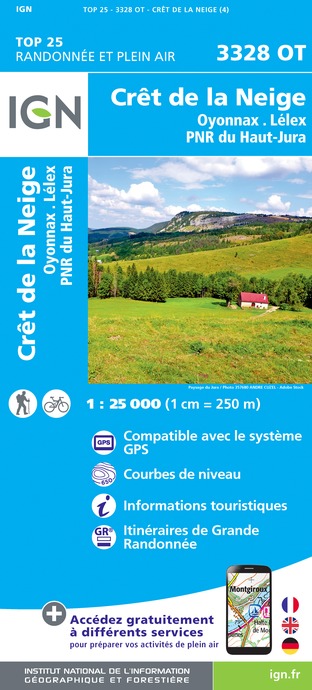
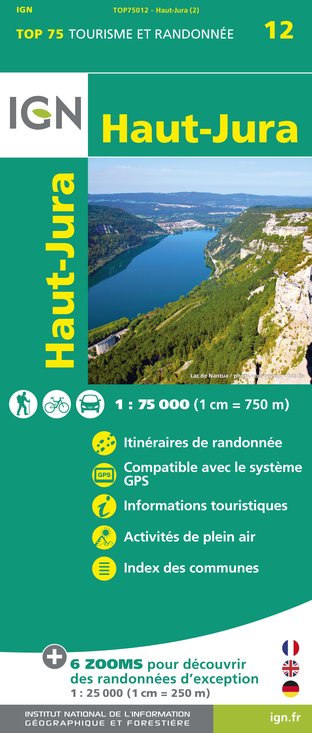

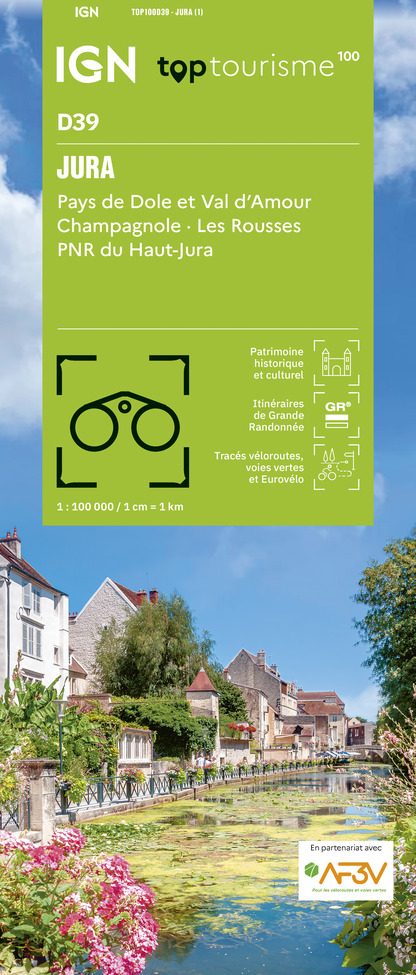
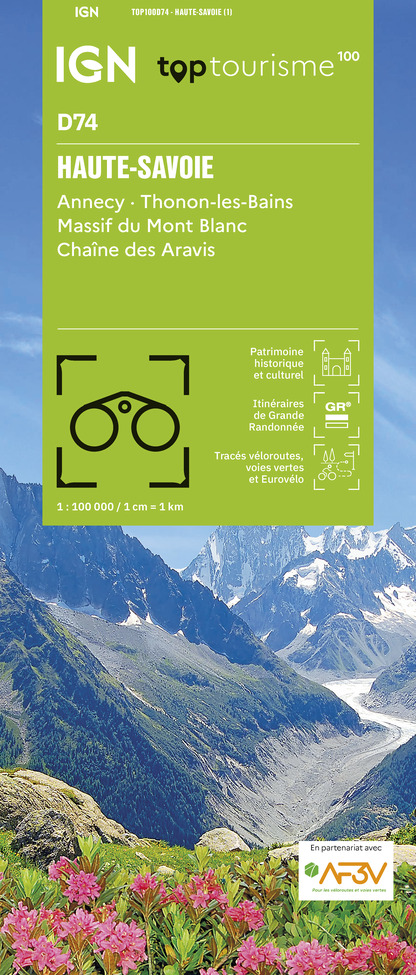


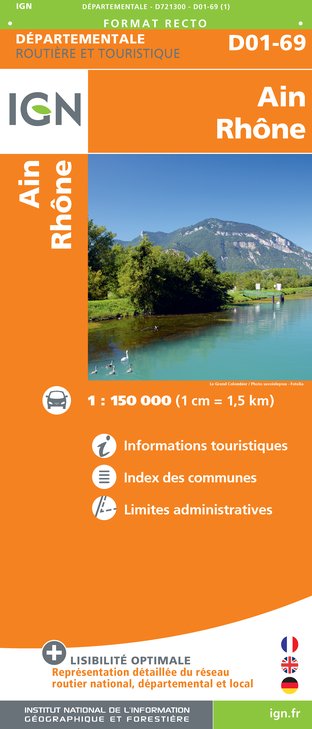

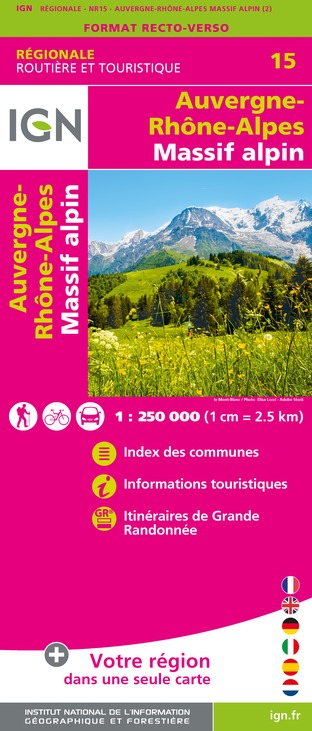



Description
Between unspoilt nature and rural heritage, the Valserine valley shelters several authentic hamlets where lives were once governed by waterways and agriculture.
From Chézery-Forens, the trail passes through a number of peaceful, verdant villages and hamlets, through forests, meadows and small streams to the remains of the 18th-century Moulin Thomas. Nearby, the footbridge over the Valserine bears witness to the historic floods that shaped the landscape. Take a detour to discover the blessed fountain, a place of pilgrimage and devotion dedicated to the Saint Roland, who according to legend caused a spring to flow whose water was said to cure headaches, stomach aches and eye diseases.
Technical Information
Altimetric profile
Starting point
Date and time
- From 01/04/2025 to 30/11/2035
- From 01/04/2026 to 30/11/2036
Additional information
Contact
Phone : 04 50 28 09 16
Website : https://www.paysdegex-montsjura.com
Open period
From 01/04 to 30/11 daily.
Environments
Forest location
In the country
River 5 km away
Type of land
Stone
Ground
Hard coating (tar, cement, flooring)
Not suitable for strollers
Topo guides and map references
Topo guides references :
Hiking in Pays de Gex and the Haute Chaine du Jura: on sale at Pays de Gex tourist agencies: 9€.
Map references :
3328OT - CRÊT DE LA NEIGE
Updated by
Office de Tourisme du Pays de Gex - 02/12/2025
www.paysdegex-montsjura.com
Report a problem
Reception complements
▶ Before you leave
▶ Get informed:
Check the weather forecast, both general and local (rain, thunderstorms, fog, wind).
Find out about the route: approach walk, ascent, estimated duration, escape routes, etc.
(Use IGN map, GPS, topo-guide...).
▶ Assess the risks:
If necessary, contact mountain professionals (guides, refuge wardens or gîtes) for appropriate advice.
▶ Tell someone close to you:
Indicate your objective, the planned times (departure / return), the number of participants,
the vehicle(s) used, and where they will be parked.
Give everyone's telephone numbers. Notify us of any changes.
▶ Be well equipped:
Don't set off alone if possible.
Take suitable equipment with you, in good condition and properly adjusted.
(Examples: helmet, harness, footwear, complete first aid kit, survival blanket, headlamp, etc.).
▶ In an emergency: dial 112 (European emergency number).
Guidebook with maps/step-by-step
(1)From the village center of Chézery-Forens, in front of the town hall, head south along rue de l'Abbaye. You'll pass several of the village shops.
(2) Take the Pont de Forens to the right, then first right. The white path runs alongside the Valserine river for about 1.5 km, before heading back up to Noirecombe via the Chemin de Godet. It passes a farm, skirts the edge of the forest, then turns left after 50m. It then joins the road at Noirecombe.
(3) Take the road to the right for 200m. At the intersection, take the right-hand path towards Le Combet.
(4) Pass a house and continue straight ahead on the white Chemin de la Mierette. The profile is slightly downhill, and the path leads to a ruin at Fond des Prés.
(5) From here, the small path becomes a wider footpath which enters the forest. Follow this path for about 250m before reaching a new intersection.
(6) Leave the Pont du Diable and continue to the right, towards La Mierette. The path runs along the edge of the forest, around the Mierette house, then down to Moulin Thomas. The slope quickly steepens and the path starts winding. It then follows the banks of the Valserine for around 800m, before reaching the ruins of the Moulin Thomas.
(7) At the mill, cross the wooden footbridge to the other side of the river. From here, follow the signs for Fontaine Bénite. The path follows the riverbank for about 700m. At the next intersection, turn left to reach this charming spot.
(8) The path passes between two houses, then climbs through pastures. For the first 100m, follow a wide track, which then continues to the left to become a footpath. This soon reaches the Platelets farmhouse.
(9) Go around the second house and turn sharp right onto the D991. Cross this road with care and take the path opposite. This soon reaches the village of Le Rosset via the impasse de la Colonie.
(10) Cross the hamlet and keep to the right. The path skirts a field bordered by a hedge, before joining a tarmac road. Continue along this road.
(11) At the first intersection turn left onto a white track. Pass the Grande Bossonaz farm and follow the path along the field to Bellaigue.
(12) Finally, turn right and stay on the white track, which leads straight back to Chézery-Forens.
Animals
Yes
Data author

